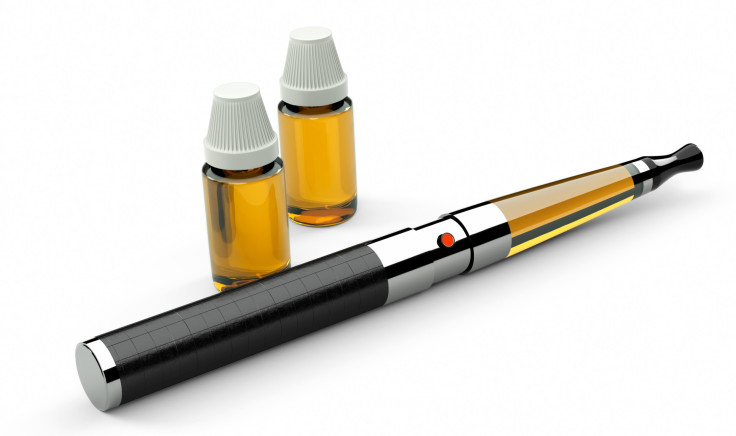E-Cigarette Refill Cartridge Is Poison Danger For Toddlers: Researchers Suggest Ways To Keep Kids Safe, Avoid Nicotine Overdose

Electronic cigarettes are a current topic of controversy with health experts split over whether the device's health benefits outweigh its possible consequences. However, it's e-cigarettes' potential danger to children that has recently taken the spotlight. A team of researchers have highlighted the risk of nicotine cartridge poisoning for young children and have suggested ways to make the product more child-safe.
Babies and young children put everything in their mouths. It’s their way of learning about the world around them, and most items are harmless. Unfortunately, e-cigarettes cartridges are not one of these items. According to a recent press release from the British Medical Journal, there has been a “massive rise” in calls to poison centers related to accidental swallowing of liquid nicotine contained in e-cigarette refill cartridges." The risk posed by nicotine liquid to children needs to be recognized, acknowledged, and acted upon by all. This includes public education and legislation to improve the safety profile of e-liquid containers," explained the authors of a recent letter on the subject.
A handful of stories describing toddlers swallowing nicotine-filled e-cigarette refill cartridges have graced the newspapers. However, the poison control records show these numbers are much higher than those shown in the headlines and the possible side effects are too drastic to be ignored. “Two or three drops are enough to cause palpitations, vomiting, dizziness, and high blood pressure,” explained Dr. Sanjay Gupta, a British doctor who treated a child suffering from nicotine poisoning earlier this year and co-author of the case. “In the worst-case scenario it could kill a very small child who ingests the substance,” Gupta told the Birmingham Mail.
Symptoms of nicotine ingestion, as described in the report, include: burning in the mouth and throat, nausea, vomiting, confusion, dizziness, weakness, and hypersalivation. "The exploratory nature of young children and the attractive packaging of refills is a dangerous combination likely to lead to a growing incidence of accidental exposure to concentrated nicotine solution," the researchers explained.
In an email, Sanjay told Medical Daily what he and his fellow researchers believe might be effective methods in limiting nicotine cartridges' danger to small children. “All cartridges, and in particular the e-liquid bottles, could have child-proof lids on them so that it is not easy for children to open them,” explained Gupta, adding that the “e-cigarette industry should be regulated with guidelines and standards to improve safety.”
The researchers also placed some of the responsibility on parents, suggesting that adults not only be made more aware of the dangers of concentrated nicotine, but that they should also take measures to ensure these cartridges are kept well out of children’s reach. “These are some of the things which can be done, but I am sure there are other possibilities as well,” Gupta said.
Source: Gutpa S, Gandhi A, Manikonda R. Accidental nicotine liquid ingestion: emerging paediatric problem. British Medical Journal. 2014.



























